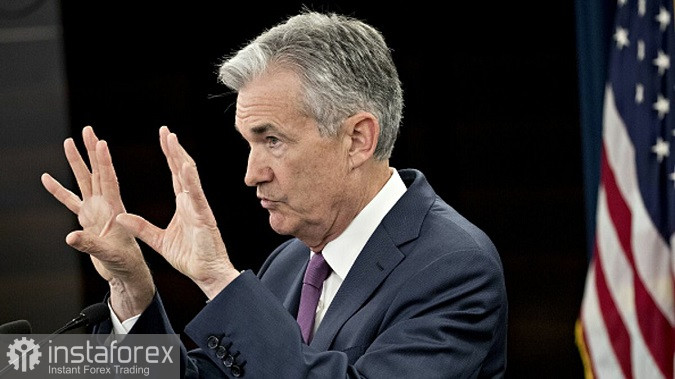
The market opened with a lot of optimism last Friday, bringing gold and silver to record prices. Gold, for instance, hit a six-week high above $ 1800 an ounce.
However, the rally was short-lived as Fed Chairman Jerome Powell mentioned rising inflationary risks in the US. He disclosed that the central bank is now on track to reduce its monthly bond purchases.
Powell said that while risks are growing, he hopes that supply chain problems will eventually be resolved and inflation will drop to 2%. This led gold to drop about $ 30 from session highs.

But despite Powell's statements, the markets see inflation as more than just temporary.
Companies around the world have been facing energy crises, supply chain disruptions and labor shortages. Some economists even said these problems will persist until 2022, and that inflationary pressures are high and will not decrease in the near future.
The growth of inflationary expectations is also noticeable in the bond market, as the five-year breakeven rate is at its highest level since 2004. As such, many commodity analysts believe gold will rebound.
But not all are convinced that stagflation will be positive for gold. In a recent report by the Bank of America, the current situation, despite higher inflation, is still not favorable for precious metals. They noted that not all periods of stagflation are the same. They explained that they measure stagflation using the Poverty index, i.e. a combination of inflation and unemployment. Between 1971 and 1981, poverty triggered two bull markets for gold. But in recent months, gold prices and the poverty index have diverged. The Poverty index remains below 12.5%, which in the past contributed to the steady growth of the yellow metal.
Considering this, economists believe that we should wait and see who turns out to be right: the Fed or the markets.





















